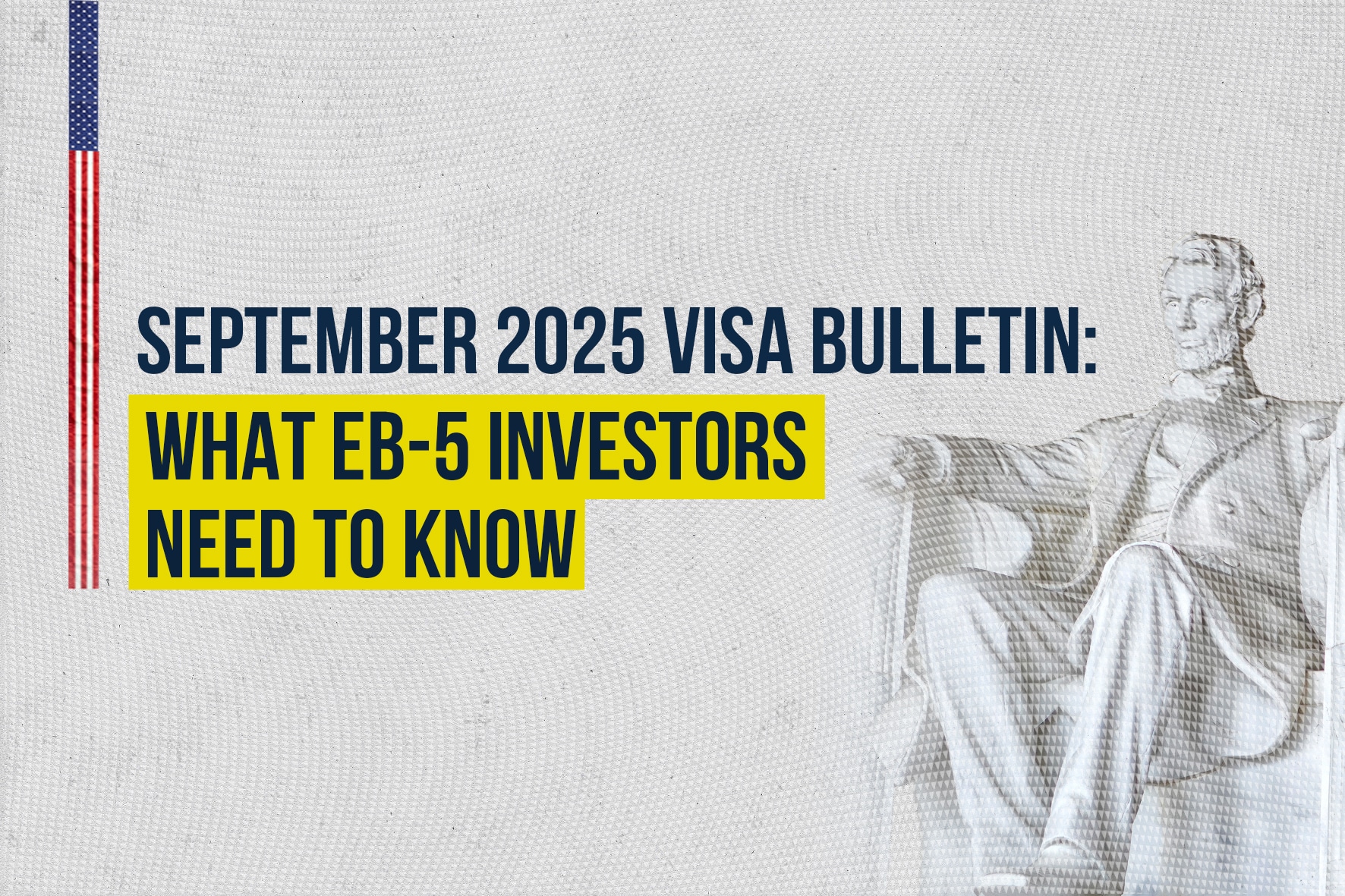
USCIS Updates CSPA Age Calculation Rules: Key Changes for Families and EB-5 Investors
USCIS has issued a policy update changing how it calculates a child’s age under the Child Status Protection Act (CSPA), effective August 15, 2025. The shift now uses the State Department Visa Bulletin’s Final Action Dates chart (instead of Dates for Filing) for new filing. This could increase the risk that dependent children “age out” before securing residency, especially in backlogged categories and for EB-5 investors. For families from countries such as India and China, where visa wait times are already long, this change makes application timing even more critical.
What is the Child Status Protection Act (CSPA)?
Under U.S. immigration law, a “child” is defined as unmarried and under the age of 21. Once a child turns 21, they lose dependent status and can no longer be included in their parent’s green card application; this process is known as “aging out.” The CSPA, enacted in 2002, was designed to freeze a child’s immigration age during parts of the application process, offering protection against processing delays. If the CSPA age remains under 21 at the time of visa availability, the child retains eligibility.
How the Rules Worked Before the New Policy Update
Previously, USCIS often relied on the Dates for Filing chart in the State Department’s monthly Visa Bulletin to determine when a green card “became available” for CSPA purposes. Dates for Filing typically moves faster, allowing families to lock in protection earlier. This earlier “freeze” date often gave children a better chance to stay under 21 in the eyes of immigration law.
What’s Changing on August 15, 2025
Starting on this date, USCIS will use the more restrictive Final Action Dates chart to determine visa availability for all new filings. Final Action Dates move slower, delaying the point at which a child’s age is frozen. The result: more children may turn 21 before protection starts, increasing the risk of aging out. Applications filed before August 15, 2025 will still be assessed under the old, more favorable Dates for Filing standard.
Why the Shift?
USCIS states the change is intended to align with the Department of State, which already uses Final Action Dates for overseas consular processing. This eliminates the mismatch that previously existed between domestic and consular applicants.
Practical Impact for EB-5 Families
For EB-5 investors, the exact timing of when a visa is considered “available” can determine whether a child stays eligible or ages out. Under the current, more favorable policy, USCIS uses the Dates for Filing chart. If this chart for your category(nationality) becomes current in, say, January 2025, your child’s CSPA age would be calculated and “frozen” as of that earlier date. Because the CSPA calculation subtracts the time your petition was pending from your child’s actual age, this earlier freeze date can mean the difference between qualifying as a dependent and aging out.
Under the new rule taking effect August 15, 2025, USCIS will instead use the slower-moving Final Action Dates chart. In the same example, you might have to wait until mid-2026 for your category to become current. By then, your child’s actual age would be higher, leaving far less room in the CSPA calculation to keep them under 21. In some cases, this delay could push them past the eligibility threshold entirely, forcing them to apply separately and lose the benefits of being included in the family’s EB-5 petition.
Indian and Chinese nationals are most at risk under the new policy. Many are now accelerating filings to lock in the current rules before the August deadline. Families with children nearing 21 should file their petitions as soon as possible.
Ready to Explore Your EB-5 Options?
If you’re considering the EB-5 path to U.S. permanent residency, timing and strategy are critical. At The American Legal Center, we specialize in navigating the complexities of the EB-5 process, from project selection to petition filing and beyond.



